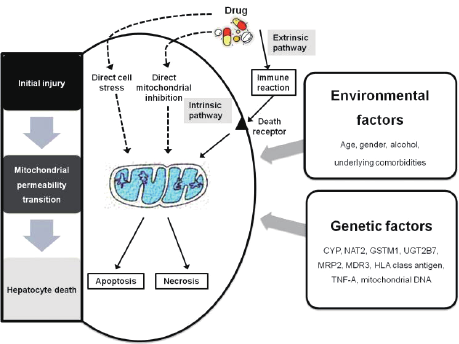
Primary Hepatocyte Cell culture applicable for drug induced liver injury studies
Drug induced liver injury (DILI) is an adverse response to drugs or other xenobiotic chemicals. It can occur as a predictive event when a person is exposed to toxic amounts of some compounds or as an unpredictable event caused by a combination of drugs of common use. DILI is also the main source of clinical trial failures, precautionary warnings and after market drug withdrawals (Procter et al, 2017). Therefore reliable predictive tools need to be developed to evaluate the risk of hepatotoxicity in drug discovery processes. To this effect, 3D spheroid cultures have proved to be a promising tool to assess the possibility of hepatotoxicity.
3D spheroid cell cultures on low attachment plates
3D spheroid cultures of primary hepatocytes are able to effectively mimic the in vivo like cell state, and demonstrate improved liver phenotype and metabolic activity with the added advantage of being a stable and viable cell culture (Procter et al, 2017). There is a wide range of methods available to form cell spheroids. Among which, low attachment surfaces have proven to be most effective for hepatocyte primary cell cultures. These surfaces are chemically defined, easily handled and reproducible making them an excellent choice for hepato-cytotoxicity screens.
Hepatocyte spheroids using FaCellitate BIOFLOAT™’ coated U-bottom plates
To this effect, FaCellitate BIOFLOAT™’ coated U-bottom plates when compared to other benchmark ultra low attachment plates (ULA) demonstrates rapid spheroid generation with well defined structure and consistency. The primary hepatocytes cultured on FaCellitate BIOFLOAT™’ coated plates formed aggregates within 24hrs post seeding compared with the other ULA plates. Compact spheroids were formed by day 3. Additionally the hepatocyte spheroids demonstrated an in vivo-like robust basal enzyme activity, independent of the culture surface, indicative of its functional compatibility. Furthermore, BIOFLOAT™’ coated plates can also be used to form human primary hepatocyte spheroids, which were previously difficult to culture on other benchmark ULA plates.
The excellent cell repellant nature of BIOFLOAT™’ coated plates promotes the formation of rapid, round spheroids with consistent morphology and function. The coated plates are scratch resistant, allowing for easy handling. Collectively, primary liver spheroids cultured on BIOFLOAT™’ coated U-bottom plates, proves to be an excellent modifiable platform to assess hepatotoxicity in high throughput drug response screens.
References
1. https://facellitate.com/wp-content/uploads/Application-Note-Primary-Cells.pdf
2. Proctor, W.R., Foster, A.J., Vogt, J. et al. Utility of spherical human liver microtissues for prediction of clinical drug-induced liver injury. Arch Toxicol 91, 2849–2863 (2017). https://doi.org/10.1007/s00204-017-2002-1
3. Suk, Ki Tae & Kim, Dong Joon. (2012). Drug-induced liver injury: present and future. Clinical and molecular hepatology. 18. 249-57. 10.3350/cmh.2012.18.3.249.



